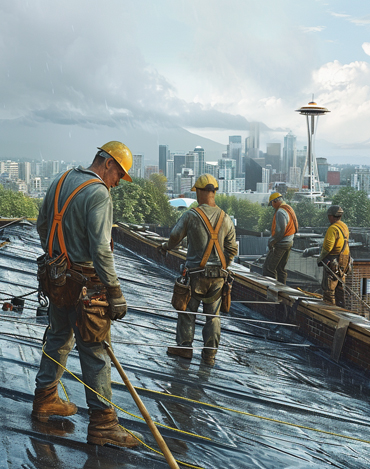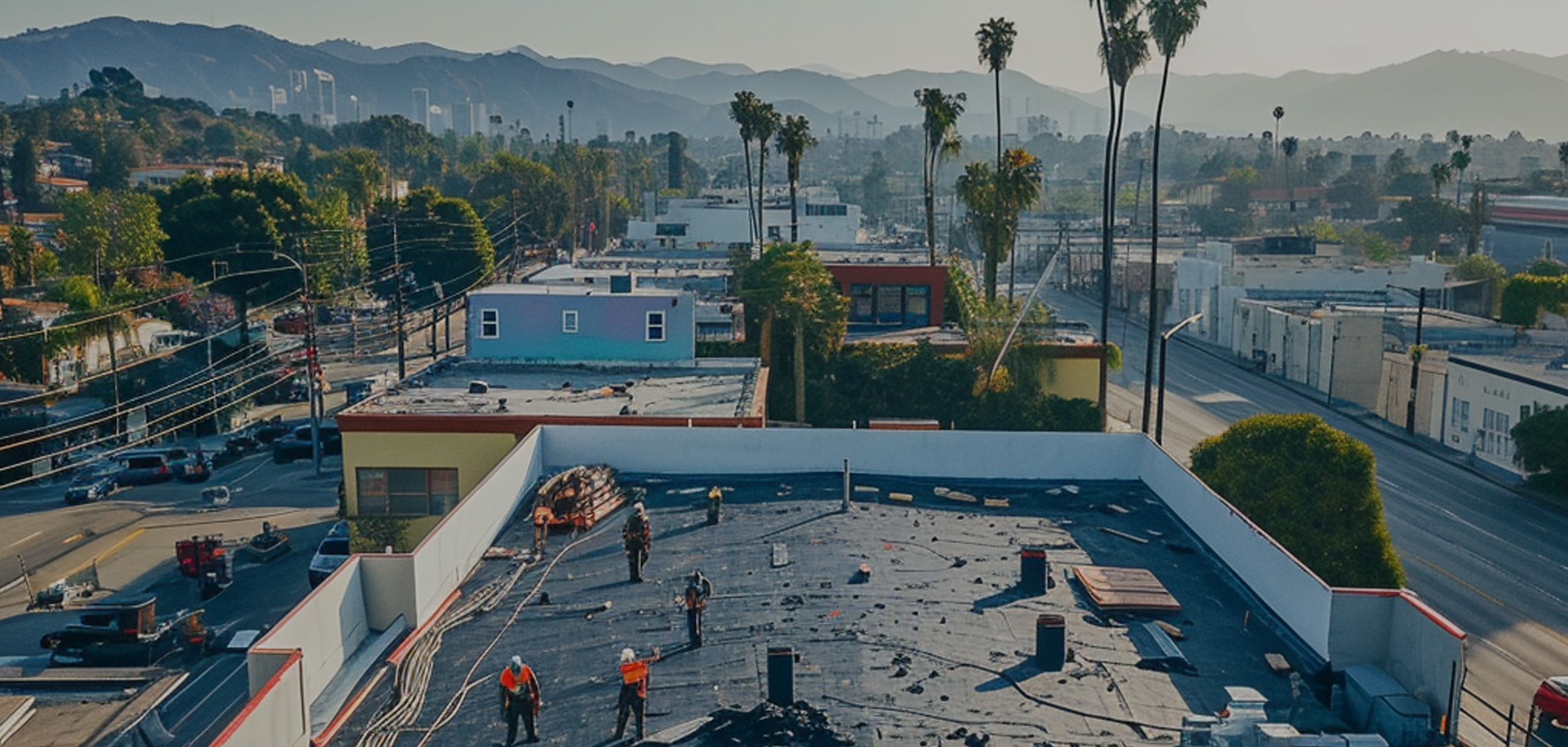Safeguard Your Commercial Roof Investment
Many commercial building owners and managers neglect their buildings’ roofing systems until problems arise. Unfortunately, this approach generally results in higher total cost of roof ownership and most often leads to early roof replacement. It can also put your facility at preventable risk of serious damage from major roof leaks, as well as safety issues that could result in injuries or liabilities for your company.
Highland commercial roofing company’s Proactive Roof Asset Management Program (PRAM) helps to minimize the risks associated with premature roof failure and helps to maximizes the lifespan of your existing roof asset. This means lower total cost of ownership, fewer unwanted surprises, improved safety for tenants, and a more predictable roof repair and replacement budgeting process.
To ensure your existing commercial roofing system warranty remains valid, it’s crucial to adhere to the stipulated maintenance and inspection schedules found in all warranties. Failure to do so may result in denial of warranty claims and may void the remainder of your warranty. Highland’s Proactive Roof Asset Management Program goes above and beyond the necessary requirements to safeguard your valuable roof asset and warranty.
The program typically includes the following steps:
– Initial portfolio inspection
– Detailed roof assessment and analysis
– Maintenance plan development
– Regular inspections
– Repair and replacement budgeting to help you plan for the future
If you are a property owner or manager, Highland’s Proactive Roof Asset Management Program is a wise investment that can save you money and headaches in the long run. Trust our commercial roofing contractors to keep your roof safe!

Commercial Roofing
Guaranteed Not to Leak…Ever
When you partner with Highland, you get added peace of mind from the industry’s most comprehensive guarantee.

Predictive Maintenance
Uses tech for early issue detection, reducing maintenance costs.

Life Cycle Cost
Analyzing total ownership costs guides decisions on repairs and replacements.

Risk Mitigation
Regular inspections prevent major issues, ensuring business continuity.

